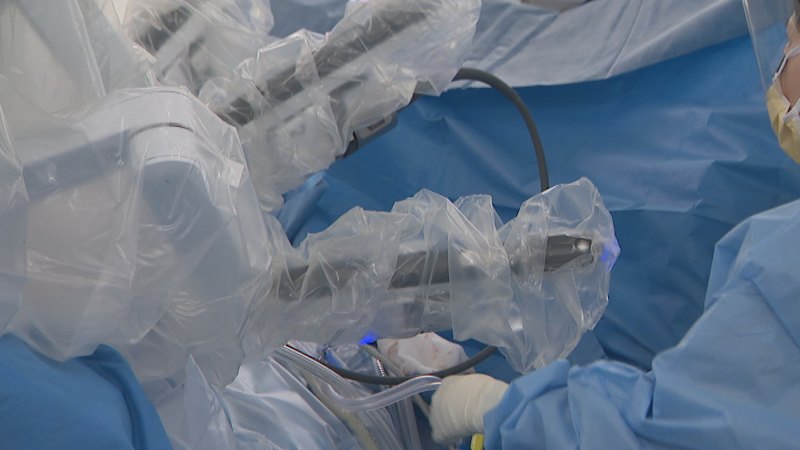The advent of robotic surgery is transforming treatment options for individuals suffering from endometriosis, a condition that affects approximately one in ten women of reproductive age. This innovative approach not only reduces pain but also enhances the potential for fertility restoration, offering new hope to patients seeking relief from this often-debilitating disease.
Robotic-assisted surgeries have emerged as a less invasive alternative to traditional methods, allowing for more precise procedures with minimal recovery time. According to a study published in the *Journal of Minimally Invasive Surgery*, patients who underwent robotic surgery reported significantly lower pain levels in the weeks following the operation compared to those who received conventional laparoscopic surgery.
Improved Outcomes for Patients
The benefits of robotic surgery extend beyond pain reduction. Many patients have experienced a marked improvement in their fertility prospects. Dr. Emily Carter, a leading reproductive surgeon at a prominent medical center in London, highlighted the significance of these advancements. “Robotic surgery allows us to remove endometrial tissue while preserving surrounding organs and structures, which is crucial for maintaining fertility,” she stated.
In clinical trials conducted across several hospitals, including those in the United States and Europe, the success rates for pregnancy following robotic surgery have reached as high as 70%. This is a significant improvement over results from traditional surgeries, where success rates have been historically lower. Such data underscores the importance of adopting robotic techniques in treating endometriosis, particularly for patients desiring to conceive.
Challenges and Future Directions
Despite the promising outcomes associated with robotic surgery, challenges remain. Access to this technology can be limited, especially in rural areas where medical facilities may not be equipped with advanced surgical robots. Additionally, the cost of robotic surgery, which can reach upwards of $15,000 in some regions, may pose a financial barrier for many patients.
Healthcare systems are actively working to address these issues. Initiatives are being developed to expand the availability of robotic surgeries and to provide financial support for patients who require treatment but cannot afford it. Organizations like the Endometriosis Foundation are advocating for increased awareness and funding to improve options for those affected by this condition.
As March 2024 approaches, awareness campaigns are set to highlight the importance of early diagnosis and treatment for endometriosis. Many health professionals are optimistic that continued advancements in robotic surgery will lead to better outcomes for patients worldwide, ultimately changing the way endometriosis is managed and treated.
The integration of technology in surgery represents a significant shift in the medical field. With ongoing research and clinical trials, the future looks promising for individuals living with endometriosis. As this innovative approach continues to gain traction, it is hoped that more patients will experience the relief and support they need to reclaim their quality of life.





























































